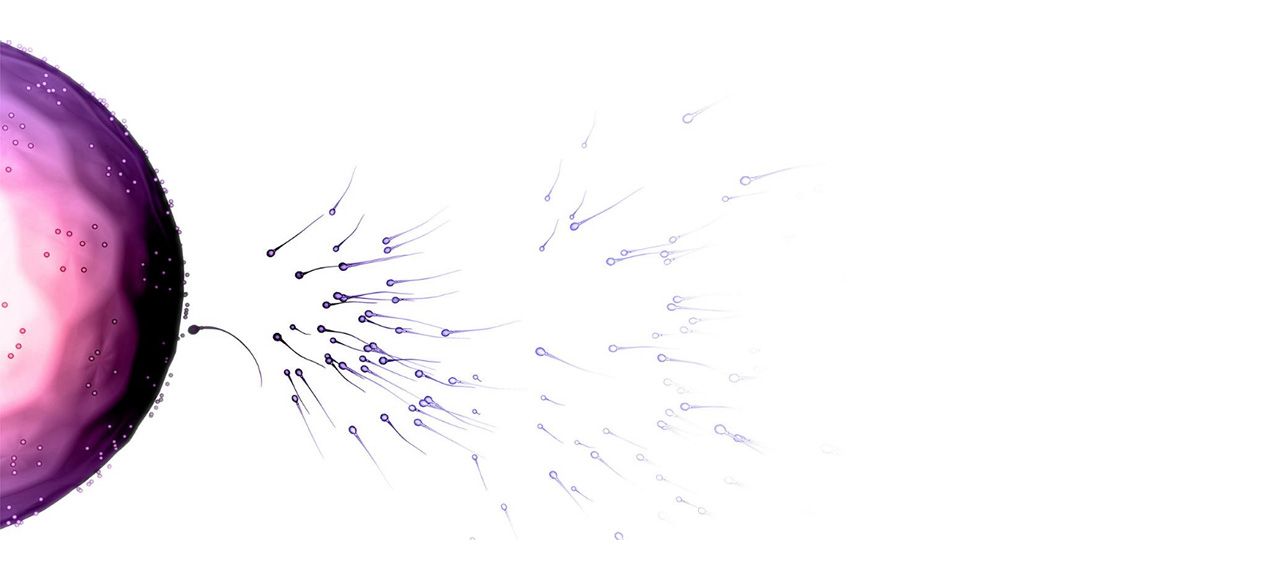Unraveling transcriptome dynamics in human spermatogenesis.
Librarian's Comment : How many genes do developing male germ cells need to express to form normal human sperm? Which genes are expressed in early spermatogenesis? And during the post-meiotic cytodifferentiation stage? These questions have been recently addressed by the transcriptional profiling of germ cell populations isolated by laser capture microdissection at different developmental stages (spermatogonia, spermatocytes and round spermatids). The results have not only validated previous assertions (the highest transcriptional activity occurs before meiosis, with pre-meiotic cells already accumulating some of the transcripts that will only be required for late spermatogenesis), but also provided new intriguing observations (the transcriptome of quiescent or actively dividing spermatogonia seems to be fundamentally the same). Reassuringly, the approximately 12.000 genes that are expressed during human spermatogenesis bear close resemblance to those expressed in the mouse, further validating the use of model organisms to better understand the fundamental principles of human fertility.Published in : Development (Cambridge, England)
Authors : Jan SZ, Vormer TL, Jongejan A, Röling M, Silber SJ, de Rooij DG, Hamer G, Repping S, van Pelt AMM
Abstract : Spermatogenesis is a dynamic developmental process that includes stem cell proliferation and differentiation, meiotic cell divisions and extreme chromatin condensation. Although studied in mice, the molecular control of human spermatogenesis is largely unknown. Here, we developed a protocol that enables next generation sequencing of RNA obtained from pools of 500 individually laser capture microdissected cells of specific germ cell-subtypes from fixed human testis samples. Transcriptomic analyses of these successive germ cell subtypes reveals dynamic transcription of over 4000 genes during human spermatogenesis. At the same time, many of the genes encoding for well- established meiotic and post-meiotic proteins are already present in the pre-meiotic phase. Furthermore, we found significant cell type-specific expression of post-transcriptional regulators, including expression of 110 RNA-binding proteins and 137 long non-coding RNAs, most of them previously not linked to spermatogenesis. Together this suggests that the transcriptome of precursor cells already contains genes necessary for cellular differentiation and that timely translation controlled by post-transcriptional regulators seems crucial for normal development. These established transcriptomes provide a reference catalog for further detailed studies on human spermatogenesis and spermatogenic failure.









